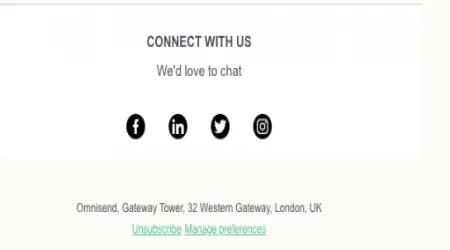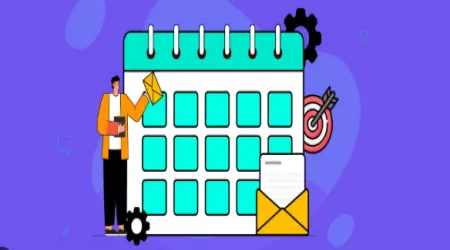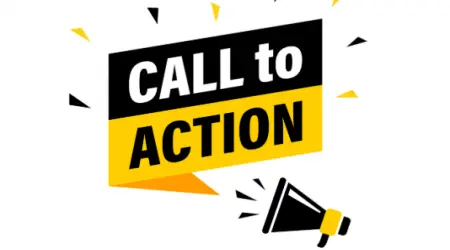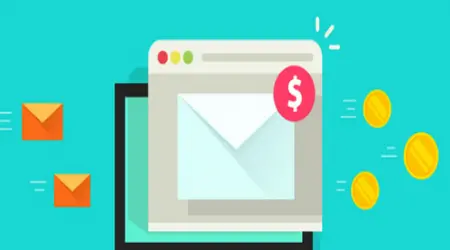
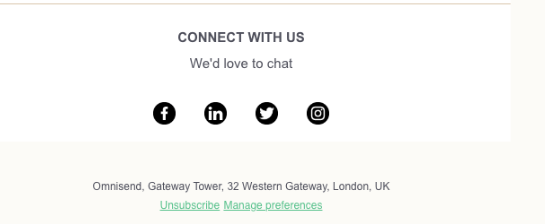
Email Footer Strategy: What to Include (and What to Avoid)
Here’s Article #37, in your preferred format:
Title: Email Footer Strategy: What to Include (and What to Avoid)
Tags:
email footer, email compliance, email branding, unsubscribe link, CAN-SPAM Act, GDPR, email trust, email marketing design, footer best practices, email legal requirements
Full Article (1,500+ words):
Email Footer Strategy: What to Include (and What to Avoid)
Most marketers obsess over subject lines, hero images, and CTAs—but often ignore a crucial part of every email: the footer.
While often overlooked, your email footer is more than just a legal requirement. It’s a branding tool, a trust builder, and a final chance to engage your reader.
In this article, you’ll learn how to optimize your email footer for compliance, design, and conversions—plus what to avoid to maintain credibility and deliverability.
1. Why the Email Footer Matters
Your email footer plays several important roles:
Legal compliance with global email laws (CAN-SPAM, GDPR, etc.)
Building trust with subscribers by showing legitimacy
Supporting user experience with easy navigation and options
Reinforcing branding at the end of your message
Providing a graceful exit that keeps unsubscribes clean and spam reports low
Ignoring or underestimating the footer can lead to fines, complaints, or erosion of brand credibility.
2. The Must-Haves in Every Email Footer
To stay compliant and professional, include the following:
a. Unsubscribe Link
This is legally required in most countries and critical to maintaining list health.
Use clear language: “Unsubscribe” or “Manage Preferences”
Don’t hide it in tiny fonts or bury it in images
Avoid misleading or complicated opt-out processes
💡 Tip: Let users choose to receive fewer emails instead of unsubscribing completely.
b. Company Name and Physical Address
Required by laws like CAN-SPAM and GDPR.
Include your full business name
Add a valid physical postal address (not just a P.O. box if possible)
If you’re remote, consider using a virtual office or registered agent
c. Contact Information
Provide alternative ways to get in touch:
Support email (e.g., support@yourdomain.com)
Phone number (if applicable)
Website link or help center
This enhances trust and offers reassurance.
d. Legal Disclaimers or Notes
Depending on your industry, you may need:
Disclosure for financial, legal, or medical content
Terms and conditions links
GDPR notices (e.g., data handling or consent reminders)
Be concise but clear.
3. Footer Content That Adds Value (Without Being Spammy)
Once the legal basics are covered, your footer can also work harder for you.
Here are smart additions that enhance functionality and branding:
a. Social Media Icons
Let subscribers connect with you elsewhere. Keep icons:
Clean and aligned
Branded with your color scheme
Linked correctly to active profiles
Only include platforms you update regularly.
b. Referral or Loyalty Program Links
If you have an ambassador, affiliate, or loyalty program, a quiet mention in the footer can drive traffic without being intrusive.
c. Recent Blog Posts or Resources
A single text link like “Read our latest article: 7 Email Automation Hacks” can spark continued engagement—especially in newsletters.
d. App Download Buttons (if applicable)
For SaaS or ecommerce brands with mobile apps, including App Store and Google Play icons builds cross-platform engagement.
e. “Why You’re Getting This Email” Message
Clarify the subscriber relationship:
“You’re receiving this email because you signed up at our website or attended one of our webinars.”
This reduces confusion and complaints.
4. Email Footer Design Best Practices
While footers aren’t the sexiest part of the email, smart design can make them functional and aligned with your brand.
a. Use Hierarchy and Spacing
Don’t cram everything into a block. Use sections or lines:
Legal info (bottom)
Links (center)
Contact/social (top or side)
b. Match Your Brand
Use brand colors, fonts, and icons. Your footer should feel like a continuation of the email—not a disconnected legal block.
c. Keep it Mobile-Friendly
Use:
Large, tap-friendly links
Legible fonts (at least 12px)
Vertical stacking for narrow screens
Footers are often accessed on mobile after scrolling—optimize accordingly.
d. Don’t Overwhelm With Links
Stick to 3–5 links max. Too many choices create decision fatigue and clutter.
5. Common Footer Mistakes to Avoid
Here’s what to steer clear of:
❌ Hiding the Unsubscribe Link
Trying to reduce unsubscribes by obscuring the link often backfires with spam complaints or legal trouble.
❌ Broken Links or Placeholder Text
“Click here” that leads nowhere damages trust. Always test your footer links.
❌ No Physical Address
Even if you’re a solo creator, you must provide a physical business address.
❌ Inconsistent Design
A footer with different colors, fonts, or layout from the rest of the email weakens brand cohesion.
❌ Clutter and Overload
If your footer looks like a sitemap or includes 10+ links, it overwhelms the reader.
6. Email Footer Examples and Why They Work
Let’s look at what a solid footer includes.
Example A: SaaS Newsletter Footer
Why it works:
Clear unsubscribe and preferences link
Brand-aligned
Contact and address visible
Short, friendly tone
Example B: Ecommerce Brand Footer
Why it works:
Direct customer support links
Light promotional nudge (referral)
Mobile-friendly icons
7. Footer Compliance by Region
Different countries have different laws. Here's a quick overview:
| Region | Required in Footer |
|---|---|
| US (CAN-SPAM) | Physical address, unsubscribe link |
| EU (GDPR) | Legal basis for email, unsubscribe, contact info |
| Canada (CASL) | Consent info, business identity, unsubscribe |
| UK (PECR) | Similar to GDPR—plus corporate details if Ltd. |
| Australia (Spam Act) | Identity of sender, unsubscribe link |
If your list is global, comply with the strictest standard (usually GDPR).
8. Footer Strategy by Email Type
Different types of emails may need different footer emphasis:
Newsletters: Full footer with links and disclaimers
Transactional Emails: May not need unsubscribe, but still include contact info
Promotions: Focused on compliance + social proof
Event Emails: Include calendar links or venue address in the footer
Always match footer content to the email’s intent and tone.
Final Thoughts: Don’t Waste the Last Impression
Your email footer is like a digital handshake goodbye. It can either reinforce trust and loyalty—or come off as lazy, generic, or even shady.
By being intentional with your footer, you:
Show professionalism
Improve compliance
Increase engagement (indirectly)
Strengthen your brand
Make your footer more than a legal afterthought. Make it strategic real estate that works just as hard as your header and body copy.

